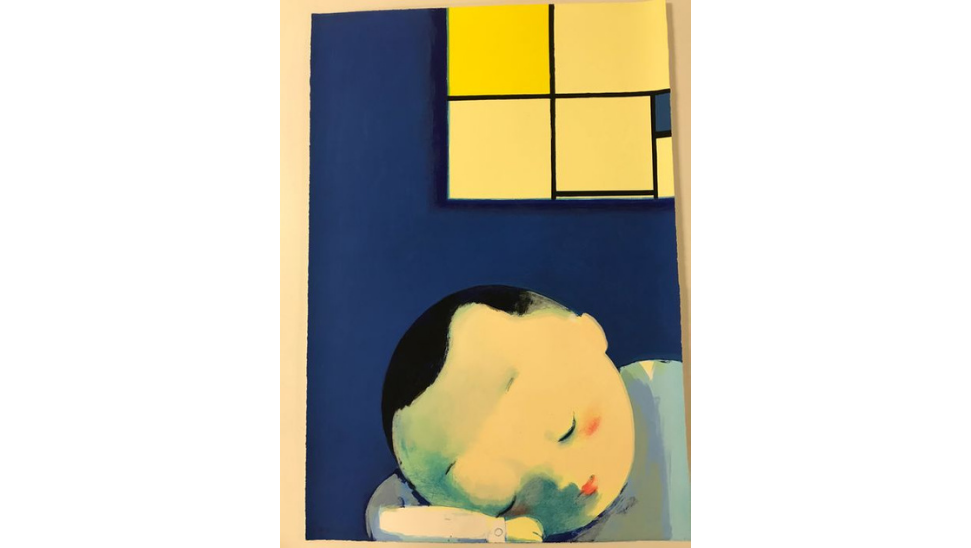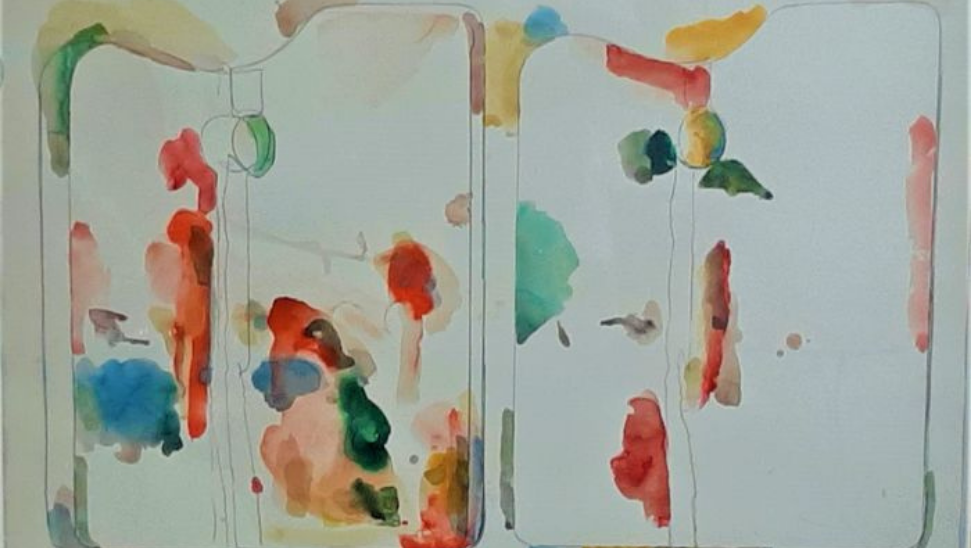Written by Tom | 4th December 2020
After World War II, the world was a changed place. For art it was no different, with the post-war landscape having a seismic effect on artists and their influences. During this period, a number of art movements we now consider to be mainstays of the scene sprung up. We asked modern and contemporary art experts Sophie Clauwaert and Ard Doko to walk us through the major styles of the times.
1945-1970 – post-war art
The post-war art period is classed as the period following World War II, before the emergence of contemporary art. It’s less a defined movement and more a set period of time when a range of styles came to the fore. Considering the global effect of the war, that meant that artists around the world were creating under a shared influence.
“The post-war period in Europe generally refers to a group of artists who through art, attempted to re-establish identity, cope with the trauma of the war and the onset of the Cold War”, says Sophie. “America, on the other hand, emerged from World War II relatively unscathed, with an economy on the rise and an artist population inspired by the European avant-garde, many of whom had relocated to the U.S. New York emerged as a hub of artistic activity, challenging Paris as the centre of the international art world”.

Liu Ye - Dreaming Boy
Pop art was one of the most prominent movements of the time, which centred on turning popular culture into fine art. It was a move away from the perceived pomp and finery of classical art and its subjects, instead focusing on everyday people. It trod a fine line between cultural critique and capitalist endorsement, leaving its vivid appropriations of new media (advertising, cartoons) to be interpreted by viewers.

With so many movements in such a relatively short period, Sophie explains you need to look at a variety of artists' works to really appreciate the breadth of artistry coming out at the time. “Look at a tachist print by Serge Poliakoff (1900-1969) or paintings by the abstract-minimalist Walter Darby Bannard (1934-2016) to get a sense of broadly post-war art”.
“For Pop Art, ‘Two palettes for S. Xmas 1963’ by Jim Dine is a great example – the latter of whom was a famous American Pop artist. The latter’s reputation was secured during the 1960s by his wittily incongruous painted images of tools, clothes, and other utilitarian and household objects. This watercolour is a brilliant example of the artist’s 1960’s work. Let us also not forget the late editions by iconic artists Picasso (1881-1973), Chagall (1887-1985) and Miro (1893-1983) that will appeal to the most fervent of collectors”.
1960s-70s – Minimalism and conceptual art
If Pop Art and post-war art was a reflection of lived reality then Minimalism and conceptual art was the exact opposite. “I believe that both movements were a counter-reaction towards figurative work that is generally accepted in the art world. Both movements were developing together in the 60s and 70s, although you could see that Minimalism was influenced by earlier movements from Russia like Constructivism and Suprematism. The term concept art has been used around the early 60s but we could define it as a clear movement in the late 60's”.

As to what they both entail, Ard explains there are subtle differences. "I would say that Minimalism is more focused on the object and shape, in a way an exaggerated form of abstract art. The use of geometric shapes could be linked to Malevich and Suprematism. For conceptual art, the idea and story are more important than the object itself. In both cases, both movements rely heavily on context and presentation. A good example of a minimalist artist is Frank Stella” Ard continues, “who is known for his minimalist style and geometric shapes, often incorporating bright colours".
At a time of generational upheaval in the late 60s and 70s, art reflected the rapidly changing times and this Ard says, is what made both Minimalism and conceptual art so popular. “I believe every movement throughout art history that is popular has to do with the fact that it has been a counter reaction to a certain standard. Whether this is Minimalism or with later movements like graffiti/street art, they all seem to fall into the category of new and exciting”.
1970-present – contemporary art
Arguably the most innovative and enduring movement is contemporary art. Its definition is a forward-moving one and related to the art of the present, and as time goes on, our sense of what contemporary art is changes. This is the art most of us are most likely familiar with. Whether that’s the polka-dotted pumpkins of Yayoi Kusama or the skeletal might of the ‘Spider’ by Louise Bourgeois, contemporary art is about newness at its core.

When it comes to painting, this is harder to do in an increasingly stimulated and informed world. This is one of the reasons so much of contemporary art channels the artist and is a detailed expression of self. It can be a canvas for introspection as it can be for commentary. Common themes include culture, politics, technology, the environment and globalisation, but that’s a starting point more than a definitive list.
It’s not an easy movement to pin down but perhaps contemporary art's most important trait is that it is surprising. “The audience's senses are getting tickled with something that they have not experienced in the past, and that’s the power of contemporary art”.
____________________
Explore our Walk through Art History auction with a range of paintings spanning centuries. Or register as a seller.
You might also like:
Malick Sidibé: capturing life through a lens
How we fell for the lie of whiteness in classical sculpture